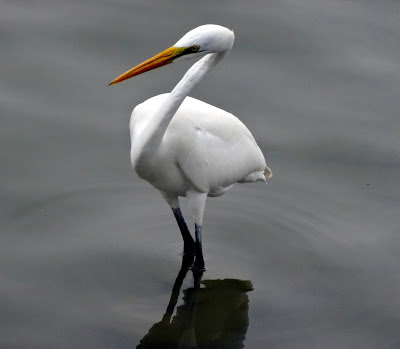When I last wrote about dining in Taipei I mentioned that we'd eaten at a tea-themed restaurant in Maokong. Well I could have extrapolated from that, for Taiwan is a tea-themed country. On first arriving over a year ago, I was still unused to the taste of tea, and I would search carefully through the drinks section in 7-11s to find something that didn't have tea in it. I'd think I was buying a bottle of lemon drink, only to find I'd bought lemon tea. My son would try to buy chocolate milk, and find he'd bought chocolate milk tea.
An extremely popular drink which originated in Taiwan is bubble tea. It is a sweet, milky tea with large balls of tapioca. You need an especially wide straw to suck up the black, chewy balls. Friends tell me it's delicious, but I'm ashamed to say haven't gathered the courage to try it yet.
The main tea types are black, green and oolong. Interestingly, what the West calls black tea is actually called red tea in Mandarin. They're named according to the degree of fermentation. My very basic understanding is that black tea is fully fermented, green tea is unfermented and oolong tea is about 20% fermented. Taiwan is most famous for oolong tea. After reading a lot about green tea I started drinking it for its health benefits and I was slowly becoming accustomed to the taste.
So, what does all of this have to do with our trip to Kaohsiung? The answer is that my good friend who lives there is a qualified tea artist and I was extremely privileged to have an introduction to tea from an expert. Here she is with her equipment, ready to serve me delicious beverages.
We started with oolong tea, which was a first for me. Of course, any tea brewed by an expert was bound to be good, but I was surprised by how delicious it was, so sweet and smooth that there was absolutely no need for milk or sugar.
Next we had Pu-erh tea. Pu-erh tea is very special. It would be presumptuous of me in my ignorance to go into detail about this tea, but I do know that it originated in Yunnan province in China, and that is where most of it is still produced today. It is fermented after drying, and a good quality tea continues to age and develop deeper and more complex flavours over the passage of time much in the same way that a fine wine does.
It's sold loose or in cakes or bricks:
Here's some 5 year old Pu-erh tea, which was a delight to drink:
I was finally treated to some 44 year old Pu-erh tea, which was so wonderful I forgot to take a photo of it, but here's an image of an aged Pu-erh tea borrowed from Wikipedia:
You can see that the tea is darker. My friends explained how you can tell the authenticity of the tea by the green tinge around the edge of it. The flavour was richer and earthier than the younger tea. Both of them were absolutely delicious and I think that, like my friends, I may develop an addiction.
 As well as the taste of tea growing on me, I was fascinated to discover that not all tea is grown on little bushes. This is a 1200 year old tea tree.
As well as the taste of tea growing on me, I was fascinated to discover that not all tea is grown on little bushes. This is a 1200 year old tea tree.
But tea is not only a drink, it's an ancient culture. It has a vast history, influence and significance throughout the world which will no doubt continue down the ages. Why? I believe one reason is that the act of sitting down with friends and sharing this subtle, rich beverage encourages us to talk to each other, tell our stories, enrich our friendships, learn from and support one another. In short, to develop those aspects of ourselves that make us human.




















